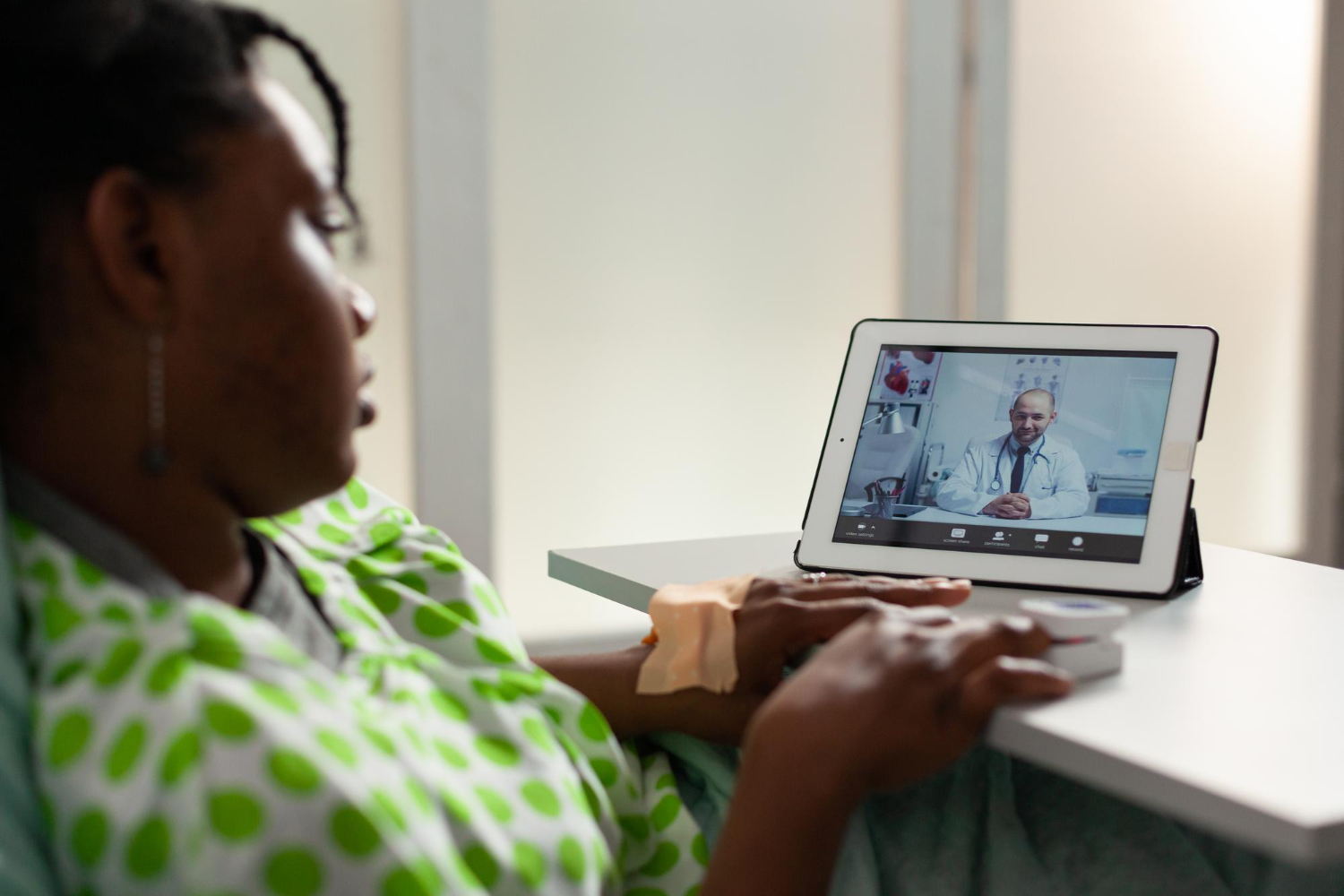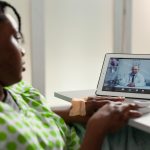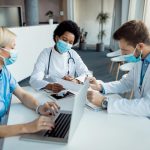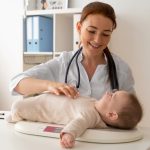Remote Monitoring in Healthcare

In the evolving landscape of healthcare innovation, integrating patient experiences in the design of remote health-monitoring technologies is vital. Incorporating these experiences not only enriches the technology but also empowers those who use it.
The National Insights Prioritisation Programme (NIPP) was launched in 2021 as a joint initiative of the Accelerated Access Collaborative, NHS England, and the NIHR Applied Research Collaboration for the East of England. The program aimed to understand the impact of remote monitoring (RM) technology on patient care across integrated care systems (ICSs). Beginning in August 2021, the NIPP fast-tracked the evaluation of RM technologies to help shape healthcare delivery post-pandemic, rolling out RM across various clinical pathways in the East of England. The University of Hertfordshire and Health Innovation East led an evaluation of RM across four sites, providing NHS trusts with valuable insights into its implementation and impact.
Patient Perspective and Experience
A key element of the evaluation was the Lived Experience Advisory Panel (LEAP), comprising patients with direct experience of RM technology. One notable member, Ian McIlroy, a patient at the Northampton General Hospital (NGH) chest clinic, shared his significant experience with remote monitoring.
Ian, 64, has lived with asthma for 25 years, with a marked deterioration in his condition over the last five years. Despite following a rigorous inhaler-based management plan, Ian experienced severe exacerbations requiring repeated interventions. His journey with NGH marked a turning point, characterized by meticulous care and innovative management approaches.
The NGH team’s decision to use the Doccla asthma home monitoring system was pivotal in Ian’s health journey. This technology, which measures peak expiratory flow rate, temperature, oxygen saturation, and pulse rate, coupled with an intuitive smartphone app, proved to be user-friendly, easy to handle, and reliable. The portability of the RM system allowed Ian to manage his condition more independently.
The data collected through remote monitoring played a crucial role in shaping Ian’s treatment pathway, facilitating his consideration for benralizumab monoclonal antibody therapy, a cutting-edge approach that significantly reduced his reliance on steroids. “RM was instrumental in compiling a robust case for this new therapy, which has dramatically improved my quality of life,” Ian says.
Remote monitoring empowered Ian to recognize early signs of exacerbation and supported him in developing a habit of regular health monitoring.
Wider Implications for Clinical Decision Making
Ian’s story highlights the broader potential of remote monitoring in health and care. These technologies streamline data collection, increase patient involvement, and optimize clinical decisions. Additionally, they expedite hospital discharges and support the integration of health and social care.
Advocating for Inclusive Technology
Ian and other LEAP members emphasized the importance of ensuring that RM services are accessible to individuals who may find it challenging to participate, such as those for whom English is not a first language, people with dementia, or those who are digitally excluded. Not all services routinely collect information that could help address health inequalities. Thought needs to be given to how services identify and communicate with patients who could benefit from RM and the support needed to engage with the technology. Further information on the findings of the NIPP on RM in the East of England and other initiatives across England can be found here.
Harnessing Remote Monitoring for Enhanced Healthcare Efficiency and Patient Care
Ian’s engagement with remote health-monitoring technologies demonstrates significant benefits for individual patient care and underscores their broader utility in healthcare. RM empowers patients to manage their health conditions from home, facilitating efficiencies in healthcare delivery and reducing the necessity for hospital stays. Ian’s experiences also provide healthcare professionals and developers with insights into the advantages of co-designing health-monitoring solutions. Cooperation across health, social care, and community services is crucial to providing patients, especially those transitioning from hospital to home-based care, with holistic support.
The Road Ahead
“Patients benefit so much more than we anticipated. It’s not just about monitoring; they get a huge amount of education, feedback, and reassurance from it and don’t re-present in acute settings anymore,” says a Lead RM Clinician.
The NIPP recommends several strategies for effectively integrating remote monitoring:
- Improve data systems for enhanced quality and sharing.
- Understand how RM integrates across various healthcare sectors (secondary, primary, community, social care, and voluntary sectors).
- Consistently incorporate patient and carer experiences in evaluating and developing RM services.
The journey for RM will involve continuous learning, adaptation, and a steadfast focus on making healthcare more accessible and equitable.











